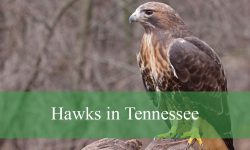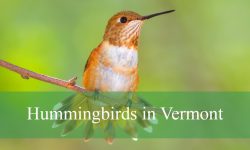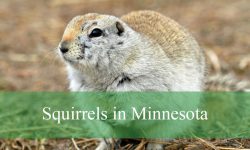Wisconsin is home to some of the most majestic birds of prey in North America, and among them, eagles stand out as awe-inspiring symbols of power and freedom. With its vast river systems, dense forests, and open ridgelines, the state offers ideal habitats for spotting both resident and migrating raptors. Eagles in Wisconsin are not just rare glimpses for expert birders—they’re a thrilling sight for anyone who takes the time to look up.
There are only two species of eagles regularly seen in Wisconsin: the Bald Eagle and the Golden Eagle. While the Bald Eagle is a familiar year-round resident, the Golden Eagle is a less common winter visitor. Each species has its own unique behaviors, markings, and preferred environments, making eagle watching in the state both accessible and rewarding for nature lovers. Learning to distinguish between these two raptors can greatly enhance your birding experience.
This guide provides detailed information on the two common eagles in Wisconsin, including how to identify them, where to find them, and when to plan your visit for the best viewing opportunities. From snowy riverbanks to hilly prairies, the state offers some of the best eagle-watching in the Midwest—complete with stunning flight displays and unforgettable wildlife encounters.
Different Types of Eagles in Wisconsin
Bald Eagle (Haliaeetus leucocephalus)
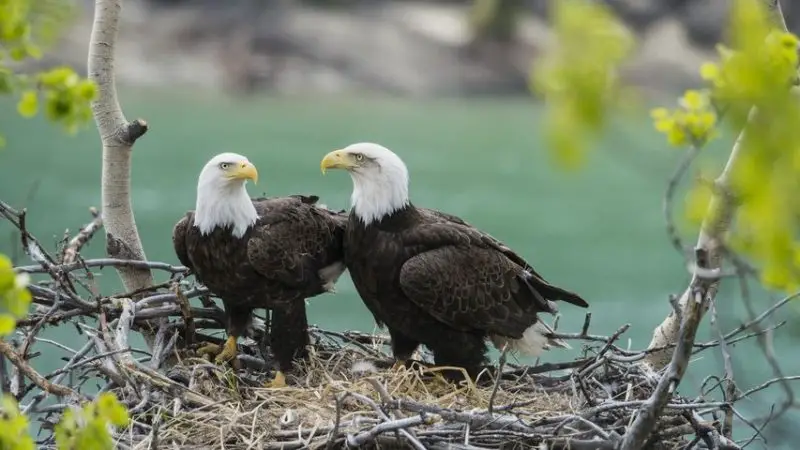
The Bald Eagle is the most common eagle species in Wisconsin and also the national bird of the United States. It is a large raptor, with an impressive wingspan ranging from 6 to 7.5 feet (1.8–2.3 meters), body length of 28 to 40 inches (71–102 cm), and weight between 6.5 and 14 pounds (3–6.3 kg), with females typically larger than males. Adults are instantly recognizable by their striking white heads and tails contrasting with a dark brown body and wings, while juveniles are mostly dark with mottled white patches until they reach full maturity at 4–5 years of age.
Bald Eagles are powerful hunters with excellent eyesight and a hooked yellow beak ideal for tearing flesh. Their primary diet consists of fish, which they snatch from the water with strong talons, though they are opportunistic and may feed on waterfowl, carrion, or even steal prey from other birds. In flight, they soar with flat wings and are known for their slow, graceful glides, often seen patrolling rivers and lakeshores. Their call is surprisingly weak and high-pitched for such a large bird—often described as a series of sharp chirps.
These eagles prefer habitats near large bodies of water such as lakes, rivers, and reservoirs where fish are abundant. Wisconsin provides an ideal setting with thousands of lakes and river systems, particularly in the northern and western parts of the state. As of recent surveys, Wisconsin hosts over 1,600 nesting pairs, a significant conservation success story considering the species was once endangered. Bald Eagles build enormous stick nests—up to 8 feet wide and weighing a ton—usually in tall trees with a clear view of the water.
A fun fact about Bald Eagles: their nests are some of the largest in the bird world. One record-holding nest in Florida was found to be 9.5 feet in diameter, 20 feet deep, and weighed over 2 metric tons! In Wisconsin, they are often celebrated during winter events such as the Bald Eagle Watching Days in Sauk Prairie, where hundreds gather to witness these majestic birds along the Wisconsin River.
Golden Eagle (Aquila chrysaetos)
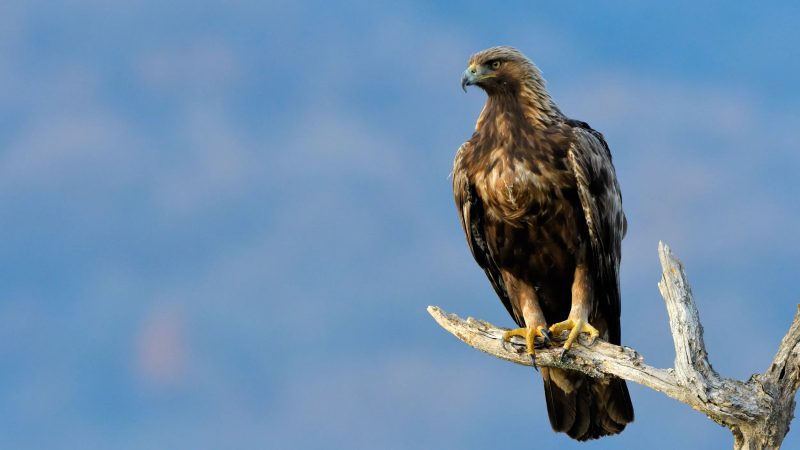
Golden Eagles are rare but fascinating visitors to Wisconsin, mostly seen during the colder months from October through April. These eagles are slightly smaller than Bald Eagles on average, with a wingspan of about 6 to 7.5 feet (1.8–2.3 meters) and a body length of 26 to 40 inches (66–102 cm). Adults are uniformly dark brown with a golden sheen on the back of the head and neck, which gives them their name. Unlike Bald Eagles, their legs are feathered all the way to the toes, and juveniles have distinctive white patches at the base of the tail and under the wings.
Golden Eagles are built for speed and agility, often flying low over open country in search of prey. They primarily hunt mammals such as rabbits, ground squirrels, and even small deer in some cases. Their powerful talons and stealthy flight make them formidable hunters. In contrast to the Bald Eagle’s reliance on water and fish, Golden Eagles prefer rugged, open terrains like cliffs, bluffs, and prairie ridges. Their flight is more dynamic, with a mix of soaring and flapping that suits mountainous or hilly environments.
In Wisconsin, Golden Eagles are most often seen in the Driftless Area in the southwestern part of the state, especially in Grant, Crawford, and Richland counties. This region’s rolling hills and forested bluffs offer ideal wintering grounds. Unlike Bald Eagles, Golden Eagles do not breed in Wisconsin; they migrate from their nesting territories in Canada or the western U.S. Bird watchers typically spot them during winter bird surveys or spring migration, particularly between February and April.
A fascinating fact about Golden Eagles: they are one of the few birds known to hunt in pairs. In some observed hunts, one eagle will distract prey while the other strikes from a different angle. This level of coordination is rare among birds of prey. In Wisconsin, researchers and birding groups such as the National Eagle Center monitor Golden Eagle sightings each year, helping us better understand their wintering patterns in the Midwest.
Where and When to See Eagles in Wisconsin
Bald Eagles can be spotted year-round in Wisconsin, but winter offers the most spectacular viewing opportunities. As rivers and lakes freeze over, Bald Eagles gather around open water where fish remain accessible. Some of the best locations include Sauk Prairie, Prairie du Chien, and stretches along the Mississippi, Wisconsin, and Fox Rivers. Sauk Prairie is especially famous for its annual Bald Eagle Watching Days held in January, featuring educational programs, guided tours, and viewing stations along the riverbanks. These spots often attract dozens of eagles at once, particularly near dams or open currents where fish are concentrated.
For a more immersive experience, visitors can also explore areas like Lake Pepin, Alma, and Merrill, where elevated bluffs offer scenic overlooks. Winter eagle watching is best done in the early morning when the birds are most active. Bring binoculars or a spotting scope for the best chance to observe them swooping down to catch fish or perched in tall cottonwoods along the shoreline. January and February are peak months for viewing large congregations of Bald Eagles in southern and western Wisconsin.
Golden Eagles, on the other hand, are far less common and are typically seen only during late fall through early spring. Your best chance to spot them is in the Driftless Area of southwestern Wisconsin, especially in counties like Crawford, Grant, and Richland, where they winter among rugged hills and open ridges. These birds favor elevated terrain and are most likely to appear from November to March, with occasional sightings extending into early May during spring migration.
Unlike Bald Eagles, Golden Eagles don’t congregate in large groups, so patience and a keen eye are essential. The National Eagle Center and local birding groups often organize winter surveys and guided outings to help enthusiasts find Golden Eagles in the wild. Some key viewing spots include Wyalusing State Park, Rush Creek Natural Area, and other upland preserves with clear sightlines and minimal human disturbance. Early morning and late afternoon offer the best chances to witness these majestic birds in flight.

